
I have spent a lifetime priding myself on the cleanliness I keep in my home. So when I used a scrubbing brush for the first time, I was shocked at how much hidden grime it pulled out of seemingly clean spots around my home.
Scrubbing brushes weren’t really a thing in my home growing up, so I’ll admit they were not much on my radar. It was only recently that I went on the hunt for a thin cleaning tool to scrub a pesky gap in my bathroom that I realized what I’d been missing out on!
Now, it’s an essential cleaning tool I swear by and highly recommend.
I now swear by scrubbing brushes
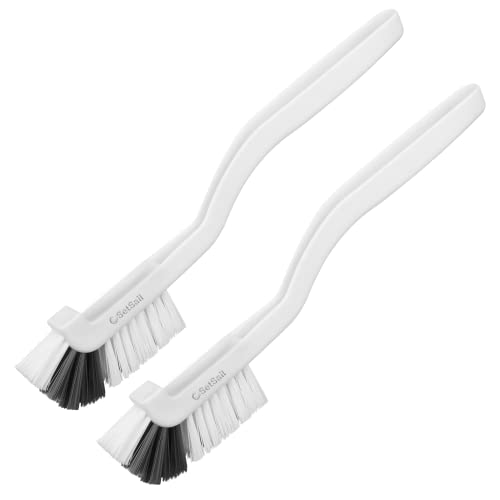
Using a scrub brush like this transformed my bathroom and kitchen cleaning routines. It’s especially good for cleaning around drains, pesky tracks and around faucets or anywhere you can’t easily get a sponge into.
The stiff bristles provide a bit of abrasion to remove grime and built up dirt, but not so much to damage or scratch surfaces such as glass other materials such as when you're cleaning a stainless steel sink. It doesn't dull the shine of chrome fixtures, either.
Karina Toner, professional cleaner and operations manager at Spekless explains, ‘Scrubbing brushes are one of the most versatile cleaning tools for tackling stubborn grime in hard-to-reach areas.
'Their stiff bristles provide the perfect level of abrasion to lift dirt and residue without damaging delicate surfaces like stainless steel or glass. They're a must-have in every home cleaning kit for their ability to get into nooks and crannies that sponges and cloths simply can't reach.’
Great for scrubbing in bathrooms
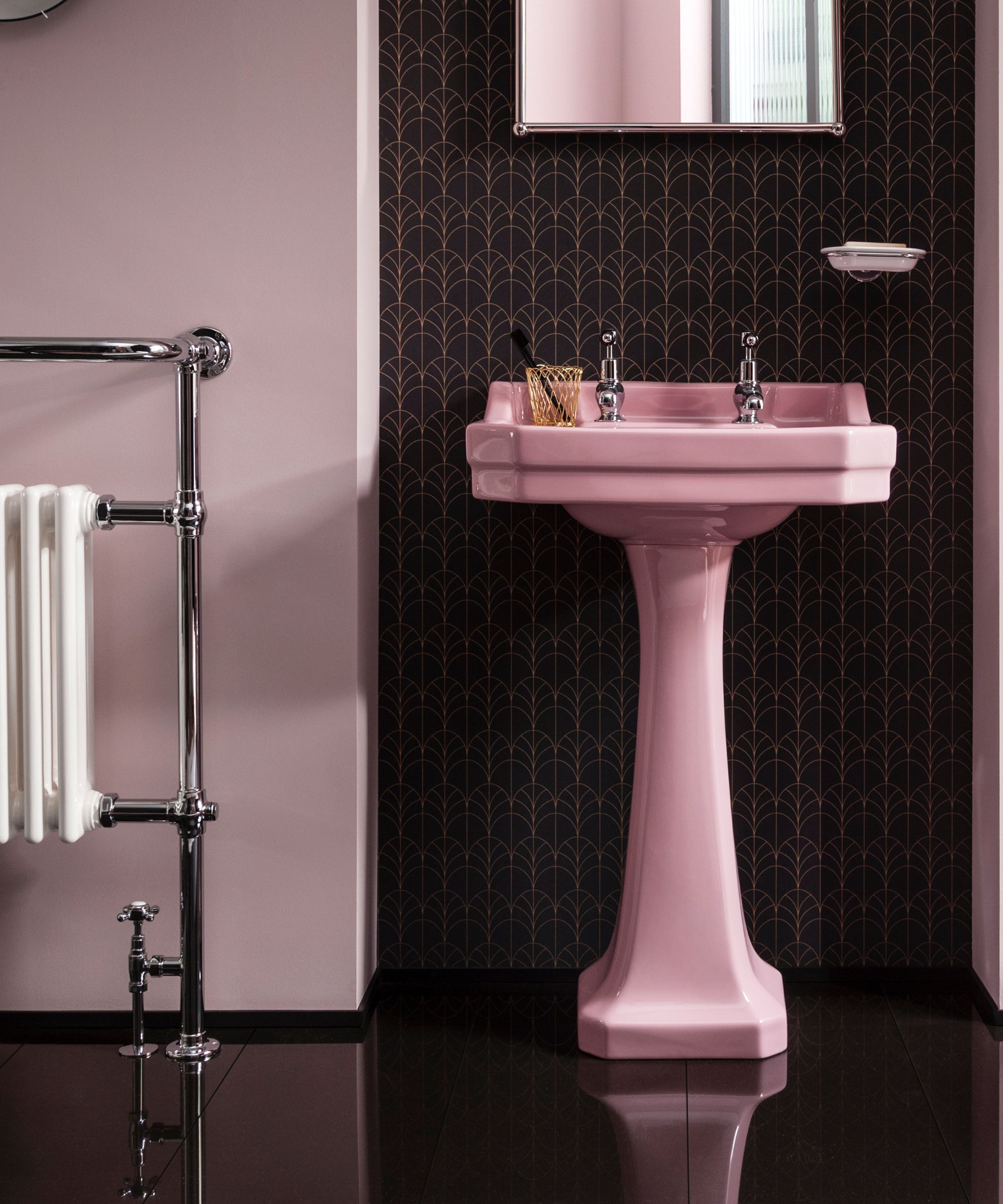
I used mine initially on a pesky track where the shower tray meets the glass door. It had mineral deposits and soap scum I was struggling to clean.
It also works for other ridges areas like window tracks, or where hardware such as shower fixtures meet tiles or basins, as well as tired grout. If you’ve spotted ‘pink mold’, which is actually a colony of bacteria, get a crevice scrubbing brush like this one from Walmart for easy cleaning.

Karina adds, ‘Bathroom areas like shower tracks, grout lines, and tile edges often accumulate soap scum, bacteria, and even mineral deposits that regular cleaning tools can't fully remove. Using a crevice scrubbing brush makes it easy to get into those tight spaces and restore cleanliness and shine.
'For persistent bacteria such as pink mold, I recommend pairing your brush with a gentle disinfectant cleaner designed for bathroom use. It’s a simple yet highly effective way to maintain a spotless bathroom.’
Try Method’s Eucalyptus Mint antibacterial bathroom cleaner, available at Amazon, which is great for fresh smelling bathrooms, tackling mold and soap scum, and made from plant ingredients.
Works brilliantly on sinks
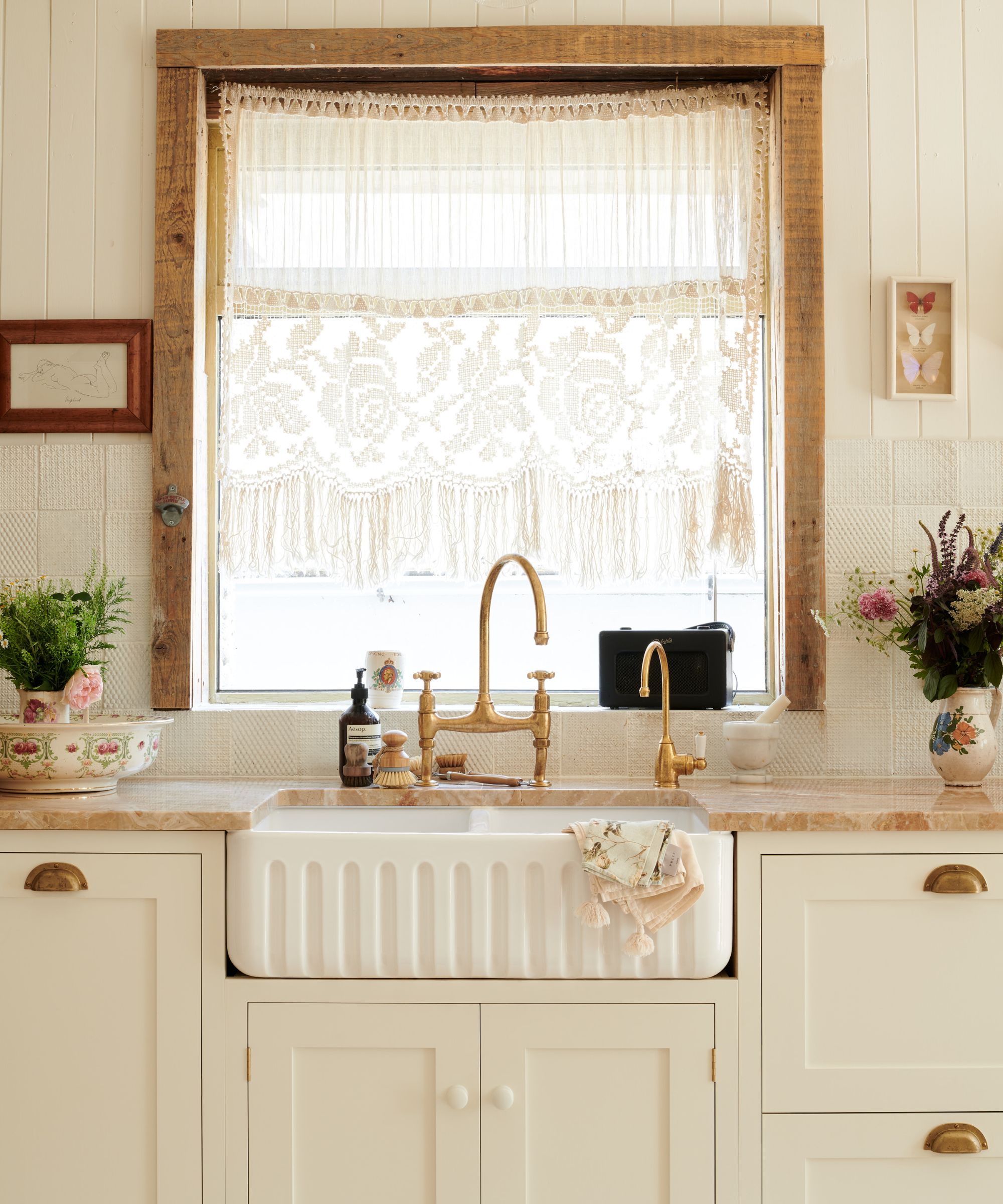
We drink a lot of tea and coffee in our house, which means regular stains building up in our stainless steel sink. The main body of the sink is easy to clean with a normal sponge (I like heavy duty Scotch Bright sponges from Amazon for their durability). However, the stains in the drain were harder to get to.
My scrubbing brush tackled it within 30 seconds, removing coffee stains and tea marks completely.
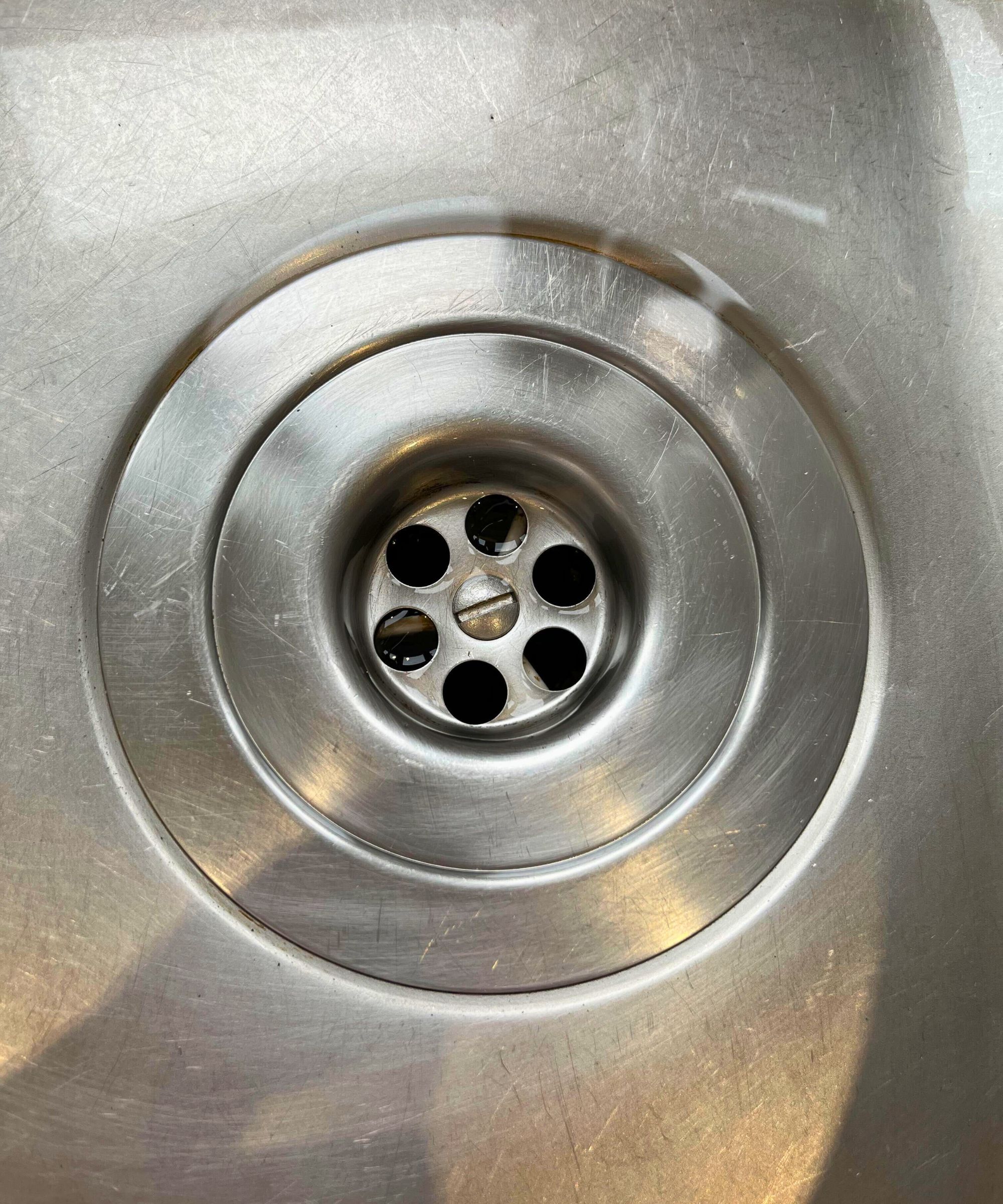
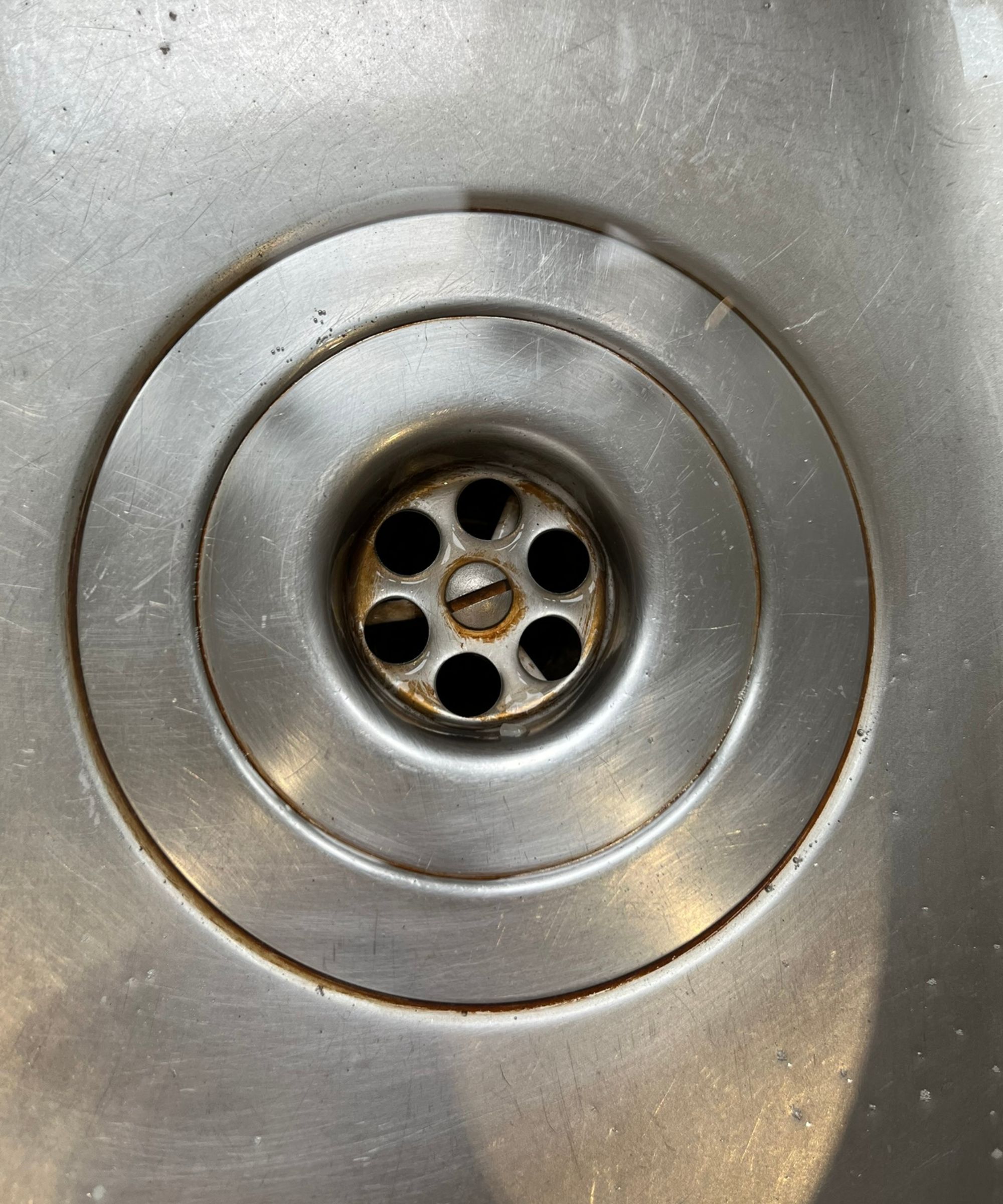
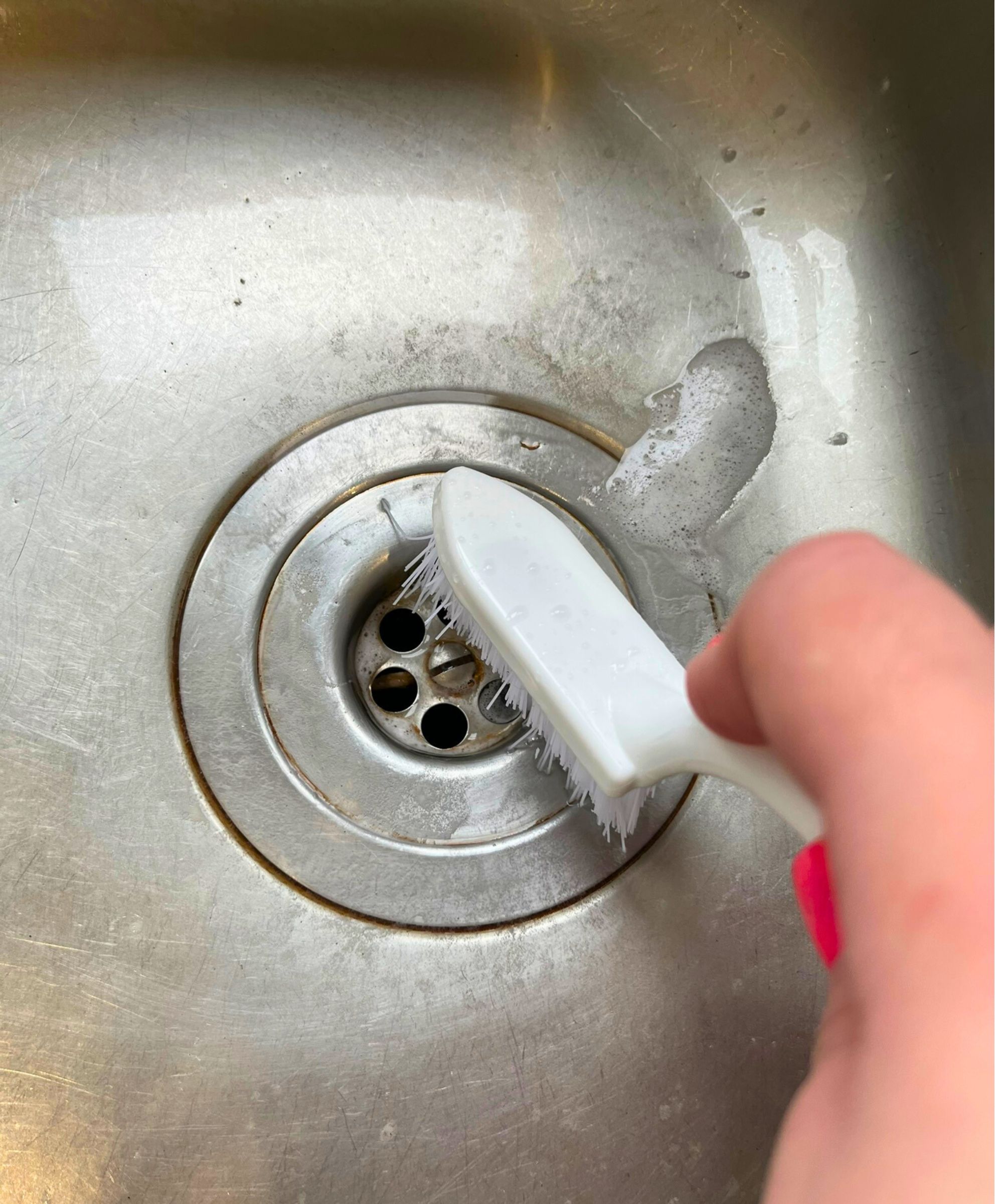
Karina says, ‘Dealing with tea and coffee stains when cleaning stainless steel sinks can be challenging to tackle because they build up over time and often settle in areas that sponges can't reach, like the drain.
'A scrubbing brush works wonders here, especially when used with a baking soda and white vinegar paste, or a specialized stainless steel cleaner, like Bar Keepers Friend Cleanser. These methods lift stains without scratching the surface, leaving your sink sparkling clean in minutes.’
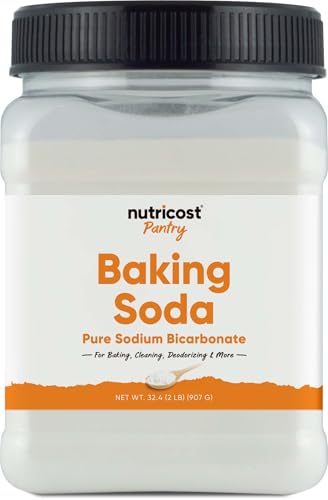
Use baking soda to make a cleaning paste (just add water till it reaches the right consistency) or scatter over fabrics, rugs and carpets then vacuum for deoderizing.
I also used it to pull out lots of hidden grime in my bathroom sinks. It actually shocked me how much dirt my seemingly clean basins were harboring, as pictured below. Swipe for the clean 'after'.
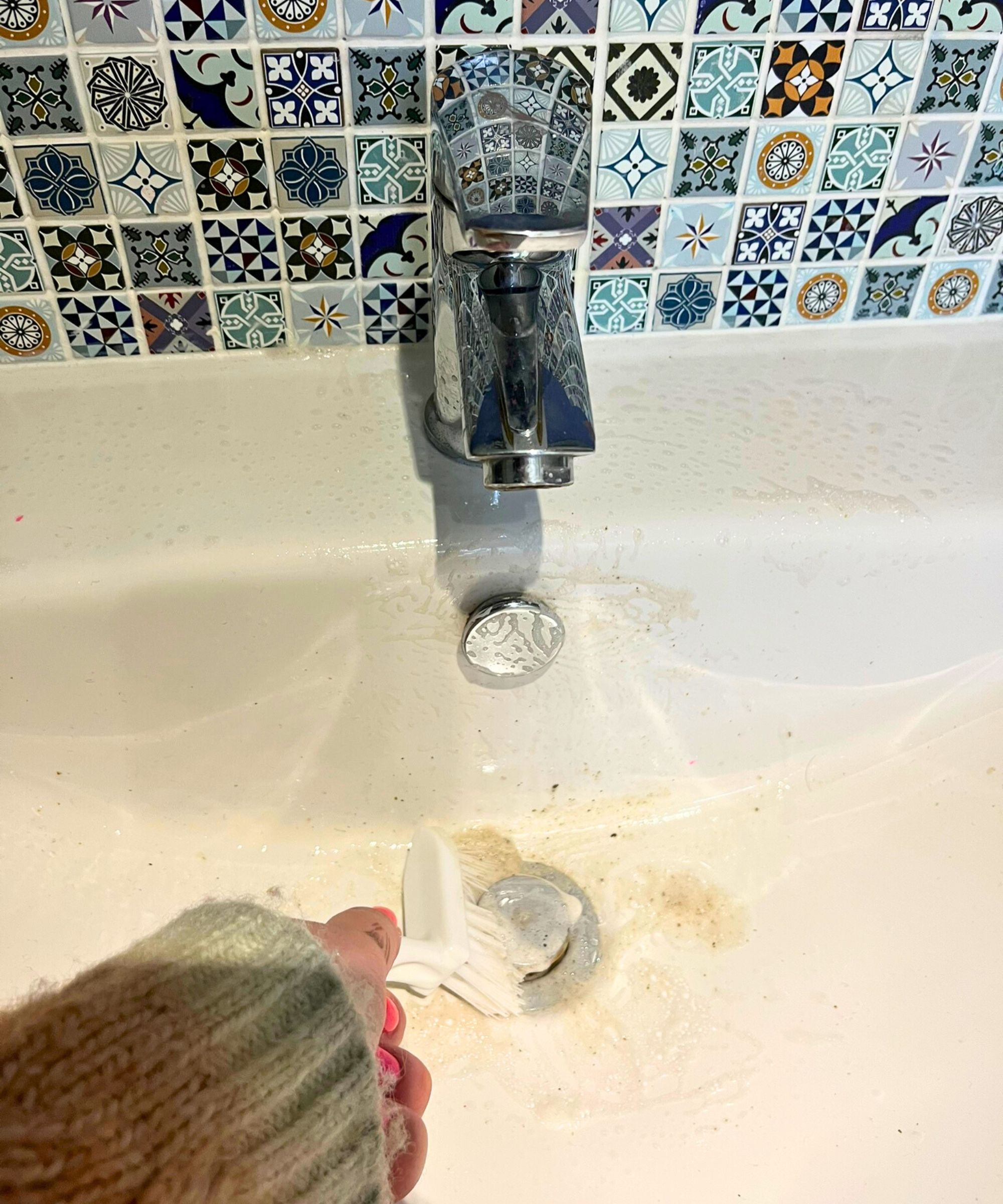
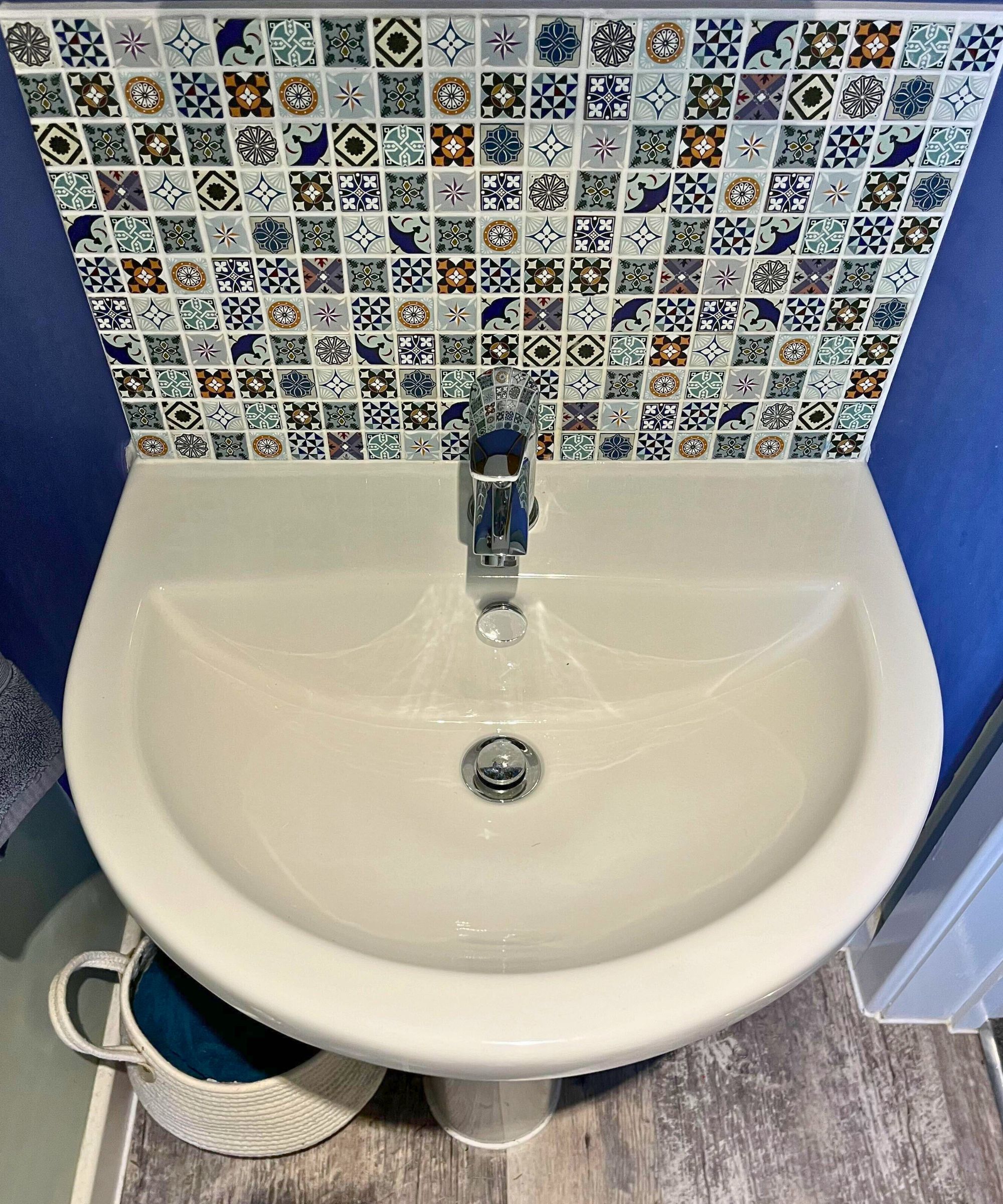
There are plenty of other areas areas of the home you can clean make great use of a scrubbing brush in. Karina shares her top spots:
- Window tracks: Use a narrow scrubbing brush to clear out dirt and debris.
- Bath tubs: Target soap scum and hard water stains with a stiff brush and your favorite tub cleaner.
- Tiles: Address grout lines with a brush and a mix of baking soda and hydrogen peroxide.
- Shower shelves: Remove built-up product residue and mineral deposits.
- Counter edges: A small brush can easily clean dirt trapped along the edges.
- Window edges: Reach corners and grooves with a crevice brush for a dust-free finish.
- Grouting: Use a grout cleaner or make a paste with baking soda and water for a deep clean.
- Shower heads: Scrub with a brush after soaking in white vinegar to remove mineral deposits.
- Faucets: Focus on base edges and crevices where grime and water spots accumulate.
My verdict
Now I’ve used a scrubbing brush, I’ll never go back. It’s a permanent and essential cleaning tool in my home. I buy mine in multi-packs so I have one for the upstairs bathrooms, downstairs toilets and the kitchen without any risk of cross contamination.
Cleaning essentials
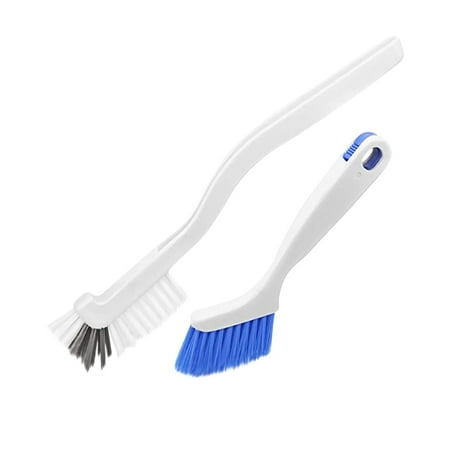
The star of this particular show, the humble scrubbing brush has transformed how easily I can tackle stubborn grime in high-traffic areas of my home.
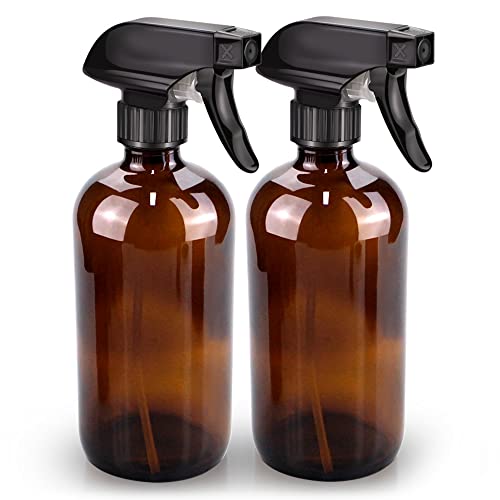
If you’re sensitive to chemicals or simply like to keep your cleaning essentials green, make your own and store them in amber glass spray bottles. I use equal parts vinegar and water in one, and two cups of water with 10 drops of essential oil and a tiny amount of dish soap in another.
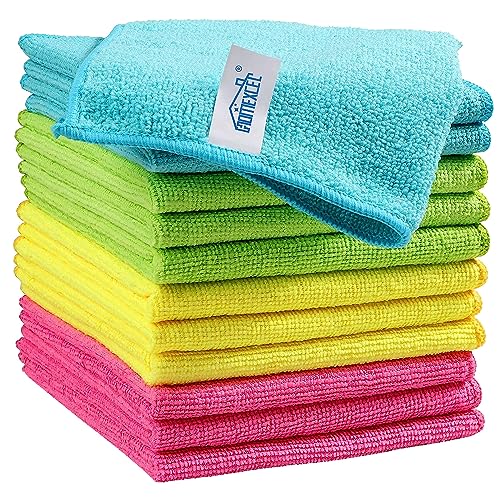
To be more sustainable, I use and reuse microfiber cloths. These ones with reinforced plastic dyes last years if washed and dried properly. Ditch fabric softener to maintain its absorbency and use color zoning for extra sanitation.
Next, learn more about the one cleaning tool our content editor Chiana swears by for deep cleaning her whole kitchen with.







